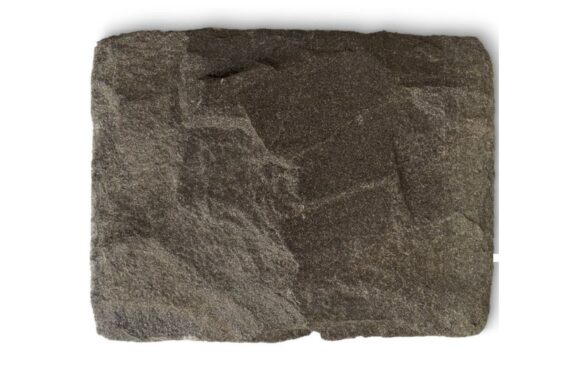Hornfels

Hornfels: A Comprehensive Guide to Its Formation, Texture, and Structure
Introduction:
Hornfels is a hard, fine-grained metamorphic rock that forms when sedimentary rocks are subjected to intense heat and pressure. The name hornfels is derived from the German word “horn”, which means horn, and “fels”, which means rock. Hornfels is an important rock in the geological world, as it provides a clear indication of the type of metamorphic activity that has occurred in an area. In this article, we will explore the formation, texture, and structure of hornfels in detail.
Formation of Hornfels:
Hornfels is formed through the process of contact metamorphism. This occurs when sedimentary rocks are subjected to high temperatures and pressures due to contact with an igneous intrusion. The heat and pressure cause the minerals within the sedimentary rocks to recrystallize and fuse together, creating a hard, dense rock that is resistant to weathering.
Texture of Hornfels:
The texture of hornfels is typically fine-grained, with a smooth and uniform appearance. The rock is hard and dense, with a conchoidal fracture that produces sharp edges when it is broken. The color of hornfels can vary depending on the type of sedimentary rock that it formed from, but it is typically dark in color, ranging from gray to black.
Structure of Hornfels:
The structure of hornfels is a result of the recrystallization of minerals within the sedimentary rock. The grains of the original rock become fused together, creating a solid mass without any visible layering. The texture of the rock can be homogeneous, with no visible mineral grains, or it can be porphyritic, with large grains of minerals such as quartz or feldspar visible within the fine-grained matrix.
Uses of Hornfels:
Hornfels is a popular building material due to its durability and resistance to weathering. It is often used as a decorative stone in landscaping, as well as for flooring and countertops. It is also used as a source of raw materials for the production of ceramics and other building materials.
Conclusion:
Hornfels is a fine-grained metamorphic rock that forms through the process of contact metamorphism. It is characterized by its hard, dense texture, conchoidal fracture, and dark color. The recrystallization of minerals within the sedimentary rock creates a solid mass without any visible layering, and the rock is often used as a building material due to its durability and resistance to weathering. By understanding the formation, texture, and structure of hornfels, geologists can gain valuable insights into the geological history of an area.
